South Korea’s culture is a rich blend of ancient traditions and modern influences. Rooted in Confucian values, it emphasizes respect, harmony, and community. Traditional hanbok attire, hanok houses, and rituals reflect its deep heritage. Buddhism and Christianity shape spiritual life, while temples and palaces like Gyeongbokgung stand as cultural symbols. Globally, K-pop, K-dramas, andSouth Korean cinema captivate audiences, with artists like BTS and filmmakers like Bong Joon-ho gaining international fame. South Korean cuisine, including kimchi and bibimbap, further highlights its unique cultural identity, making South Korea a global cultural powerhouse.
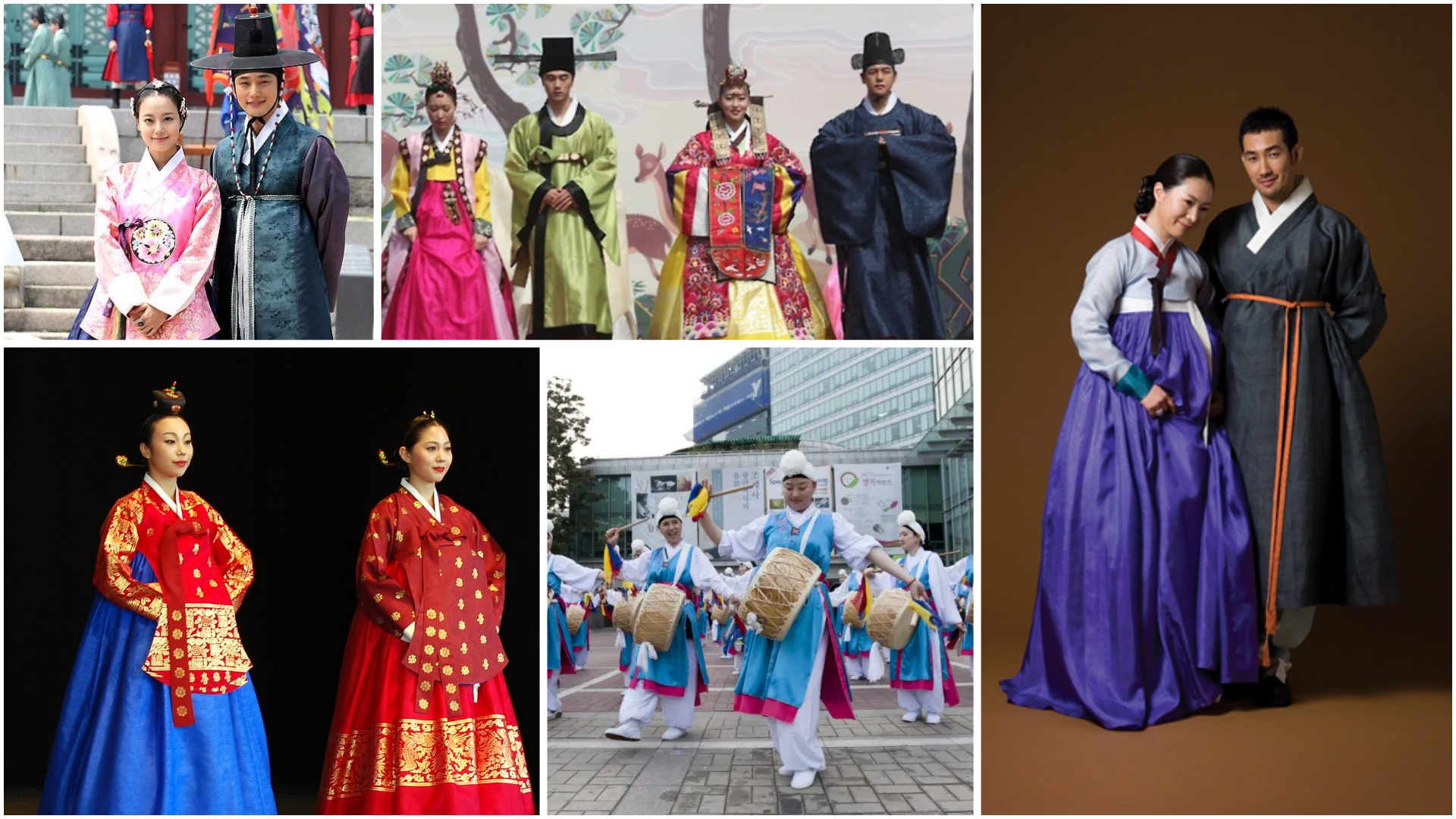
South Korea Clothing
Traditional South Korean clothing, known as South KoreahanbokSouth Korea, reflects the nation’s
rich history and
cultural identity. Hanbok consists of vibrant colors, graceful lines, and simple yet elegant
designs. Women’s hanbok features a jeogori (jacket) and chima (skirt), while men wear a jeogori
with baji (pants). Traditionally, social status and occasion dictated the colors and patterns of
hanbok.
In ancient times, hanbok was worn daily, but today, it is mainly reserved for special occasions
like weddings, festivals, and traditional ceremonies. Modern designers have incorporated hanbok
elements into contemporary fashion, making it more accessible for everyday wear.
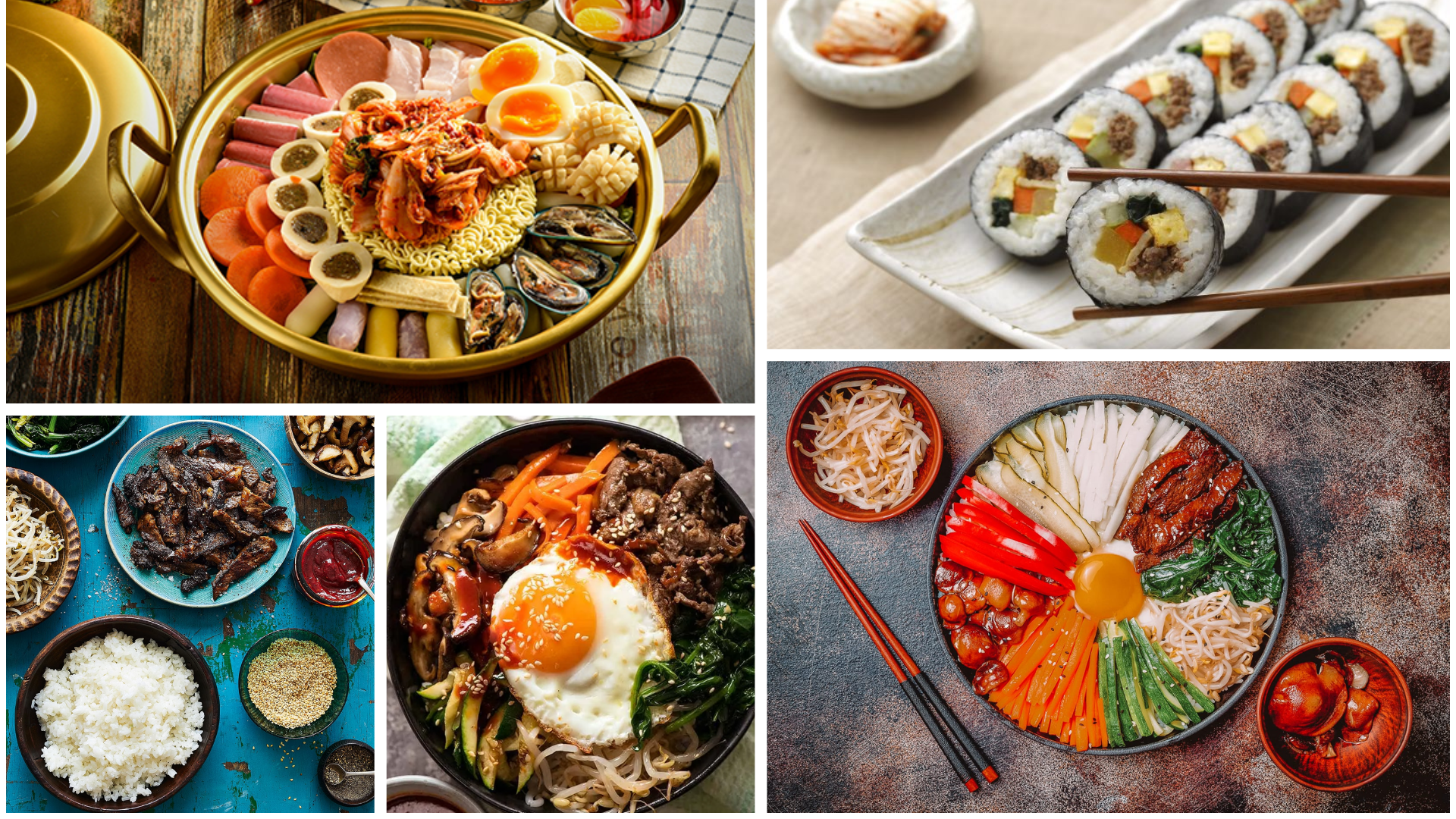
South Korea Food
South Korean cuisine is a harmonious blend of flavors, colors, and textures, deeply rooted in
tradition and history. A staple of every meal is kimchi, a fermented vegetable dish, usually
made with napa cabbage and radish, seasoned with chili, garlic, and ginger. Another iconic dish
is bibimbap, a mixed rice bowl topped with vegetables, meat, egg, and spicy gochujang sauce.
Korean BBQ is famous worldwide, featuring grilled meats like bulgogi (marinated beef) and
samgyeopsal (pork belly), often enjoyed with dipping sauces and side dishes (banchan).
Hearty soups like kimchi jjigae (kimchi stew) and samgyetang (ginseng chicken soup)
provide warmth and nourishment.
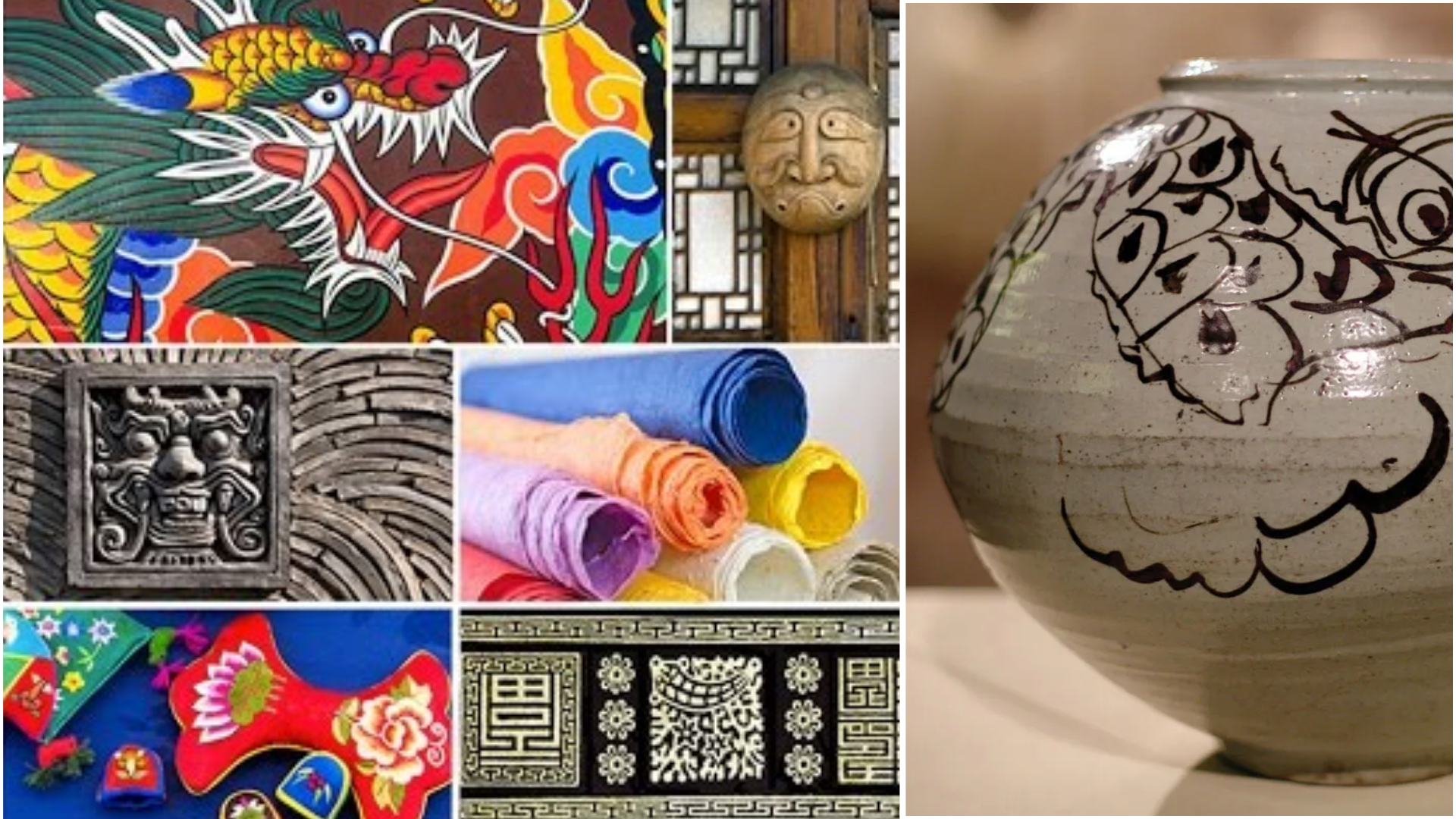
South Korea Art
South Korean art is a blend of ancient traditions and contemporary creativity. Rooted in
Buddhist, Confucian, and shamanistic influences, traditional art includes exquisite celadon
pottery, calligraphy, and ink paintings. The delicate beauty of Joseon-era landscape paintings
and intricate hanji (Korean paper) crafts reflect the nation's artistic depth.
Modern South Korean art embraces innovation, with artists like Nam June Paik pioneering video
art. The country’s contemporary art scene thrives in galleries like the National Museum of
Modern and Contemporary Art (MMCA) and events like the Gwangju Biennale. Hallyu, or the Korean
Wave, has also expanded artistic expression through K-pop aesthetics and visually stunning
films.
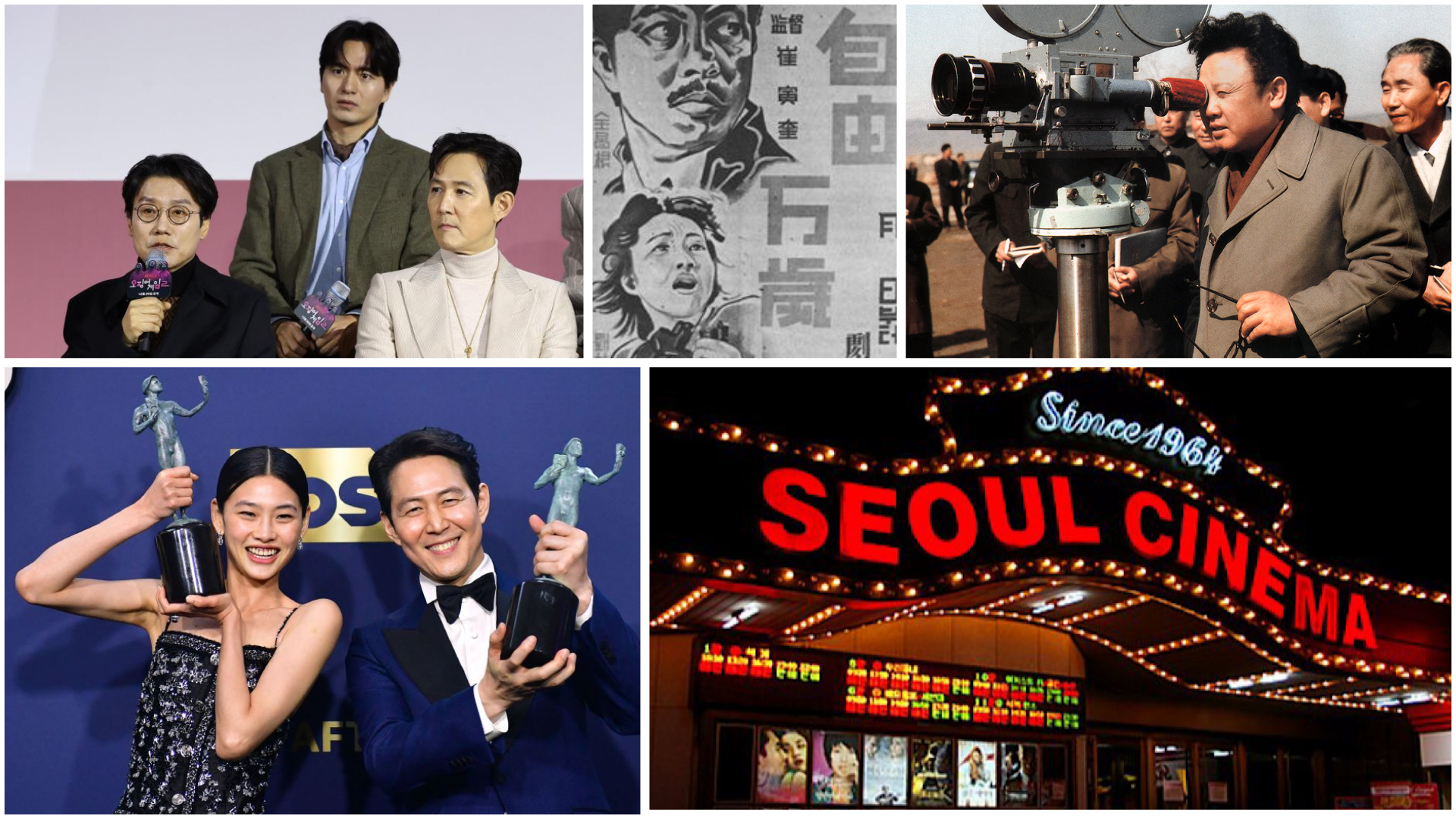
South Korea Film Industry
South Korea’s film industry has experienced remarkable growth, gaining global recognition for
its unique storytelling and artistic excellence. Emerging in the early 20th century, Korean
cinema evolved through political changes, war, and modernization. The industry saw a golden age
in the 1960s and later flourished with the rise of Korean New Wave in the 1990s.
Today, South Korean films, like *Parasite* and *Oldboy*, captivate global audiences, blending
social commentary with masterful direction. With visionary filmmakers like Bong Joon-ho and Park
Chan-wook, South Korea remains a powerhouse in the global cinematic landscape.
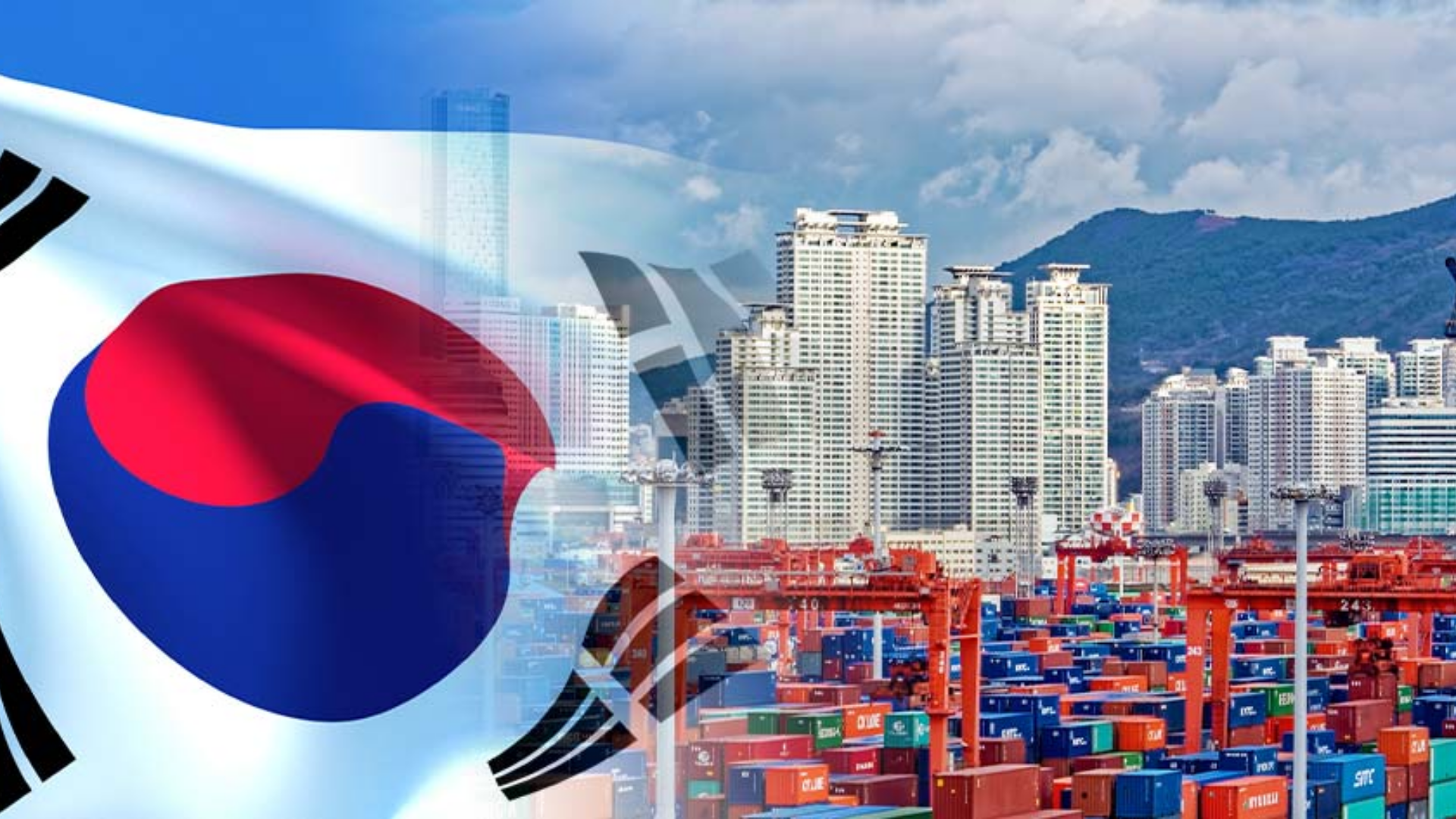
South Korea Economy
South Korea’s economy is one of the most advanced and dynamic in the world, driven by
technology, exports, and innovation. The country transformed from a war-torn nation into a
global economic powerhouse, often called the "Miracle on the Han River.
With strong government support and investment, key industries like electronics, automobiles, and
shipbuilding fuel economic growth. Companies such as Samsung, Hyundai, and LG lead global
markets. Despite challenges like global trade fluctuations, South Korea’s economy remains
resilient, supported by domestic demand and exports.